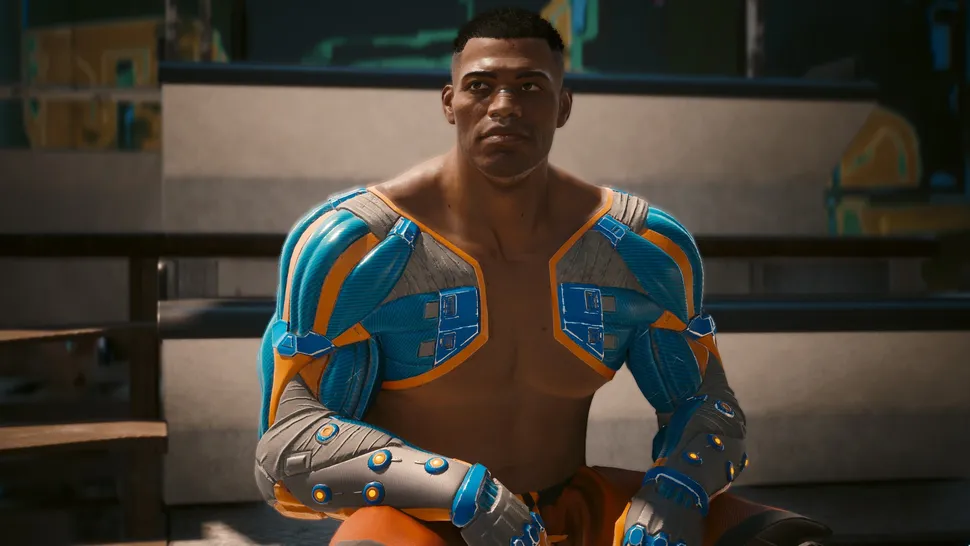In a sea of RPGs released in recent years, two that stand out are Cyberpunk 2077: Phantom Liberty and Starfield. Both games are first-person RPGs, but they tackle the challenge of first-person talking in very different ways.
First-Person Talking
First-person games don’t have the luxury of cinematic camera angles to keep a conversation flowing. First-person RPGs need to be engaging enough to keep players interested without constantly cutting away to something new, all while players can only see (and often hear) one side of the conversation.
Cyberpunk 2077’s Approach
Cyberpunk 2077 takes a unique approach to first-person talking by allowing players to move around during conversations. This gives players a greater sense of agency and immersion, and it also makes conversations more dynamic and interesting.
In one example from the Phantom Liberty expansion, the player character has a long conversation with Idris Elba’s character while moving around a disused underground safehouse. Elba’s character paces around, reroutes power, and eventually sits down in an old lawn chair. Another character enters the room before either of them notices, and they awkwardly change subjects.

This kind of scene would be impossible in a traditional third-person RPG, but Cyberpunk 2077’s first-person perspective allows for a more immersive and dynamic experience. Players can choose to listen to the conversation while moving around, or they can focus on the characters and dialogue.
Starfield’s Approach
Starfield, on the other hand, takes a more traditional approach to first-person talking. Conversations are typically held in a static environment, with the player character and NPCs standing still and facing each other. The camera cuts to close-ups of characters’ faces as they speak, and the player character is often unable to move or look around.
This approach to first-person talking is less immersive than Cyberpunk 2077’s, but it is more efficient and easier to implement. It also allows for more cinematic storytelling, with Bethesda able to carefully control the camera and framing of each scene.

Both Cyberpunk 2077 and Starfield have their own strengths and weaknesses when it comes to first-person talking. Cyberpunk 2077’s approach is more immersive and dynamic, but it can also be distracting and less efficient. Starfield’s approach is less immersive, but it is more efficient and allows for more cinematic storytelling.
Ultimately, which approach is better is a matter of personal preference. Some players may prefer the immersion and dynamism of Cyberpunk 2077’s approach, while others may prefer the efficiency and cinematic quality of Starfield’s approach.
Additional Thoughts
In addition to the points made in the original article, I would like to add that Cyberpunk 2077’s approach to first-person talking also allows for more roleplaying opportunities. By allowing players to move around and interact with the environment during conversations, Cyberpunk 2077 gives players more control over how their characters behave and how they experience the story.
For example, a player might choose to pace around nervously during a tense conversation, or they might choose to sit down and relax during a friendly conversation. They might also choose to interact with objects in the environment, such as reading a book or petting a cat. This level of control over the roleplaying experience is one of the things that makes Cyberpunk 2077 such a unique and immersive game.
I also agree with the author’s point that Bethesda’s approach to first-person talking feels dated in comparison to Cyberpunk 2077’s approach. Bethesda’s zoomed-in camera transitions and static environments can be jarring and break immersion. I would be interested to see Bethesda experiment with a more dynamic approach to first-person talking in future games.








